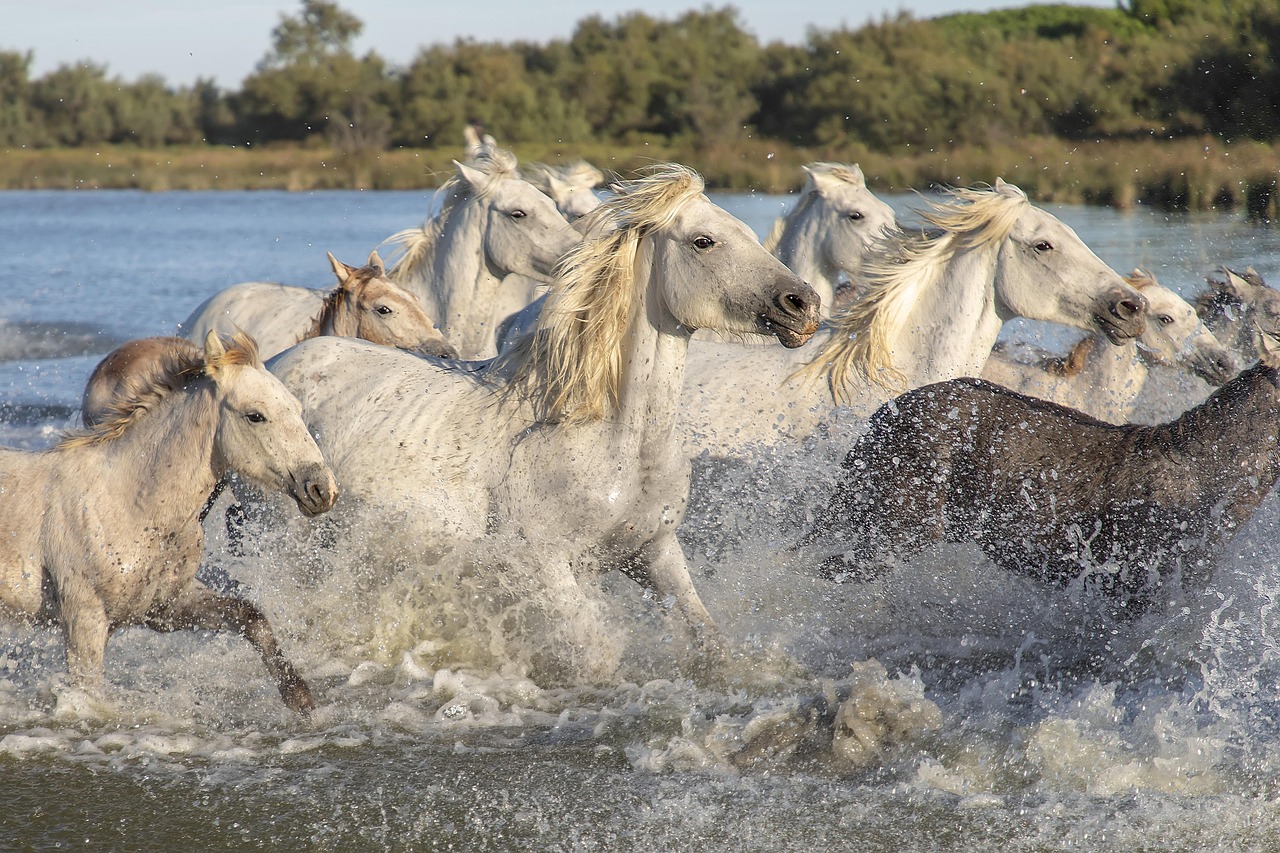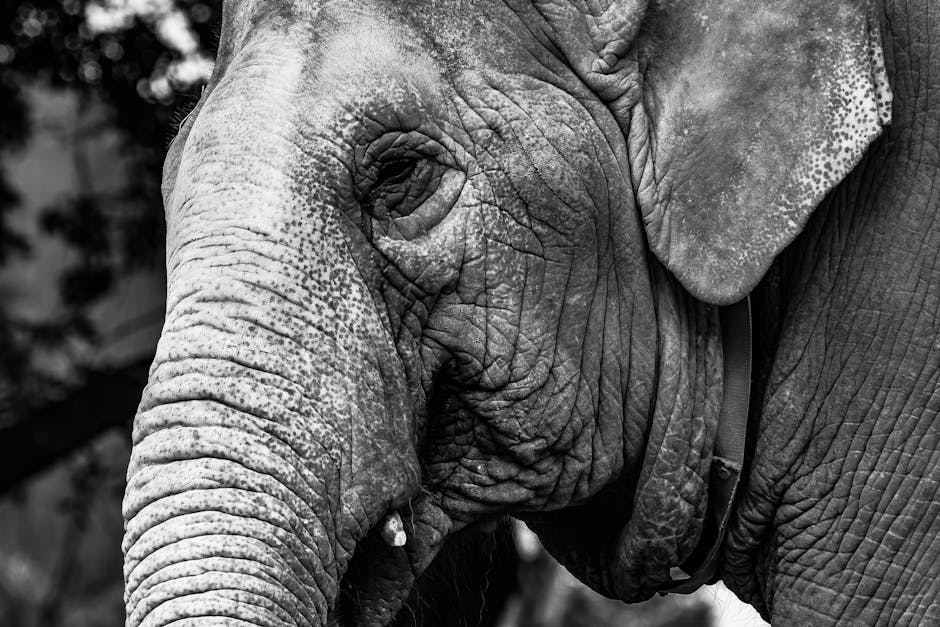Climate Pressures Are Redefining Habitat Survival
Nature doesn’t move on human schedules. But climate change has started to move the clock. Rising global temperatures are throwing off migration patterns across continents. Birds leave too early, butterflies too late. Breeding windows shift, and offspring are born into ecosystems no longer ready to support them. It’s a cascade of disruption we’re only beginning to grasp.
In the oceans, heat hits harder and faster. Reefs bleach from relentless temperature spikes, losing the vibrant life that depends on their structure. Meanwhile, acidification caused by the sea absorbing more carbon dioxide weakens shell building species and ripples across food webs. Coral, crustaceans, and fish aren’t just symbols of beauty; they’re anchors of marine survival.
And then there are the icons. Elk herds search wider for water. Polar bears swim longer for thinning ice. Monarch butterflies, once a fluttering symbol of natural rhythm, face collapsing breeding corridors through North America. These aren’t rare warnings they’re steady signals. Habitat survival is no longer a future concern. It’s present tense, and the consequences are playing out in our forests, wetlands, and coastlines right now.
Anti Poaching Efforts Getting Smarter
Poachers are still on the move but so is the tech meant to stop them. Across Africa, Asia, and parts of South America, drone surveillance has become a key upgrade in patrolling vast wildlife reserves. These aren’t consumer toys; they’re high end flying machines equipped with thermal imaging, night vision, and AI driven tracking software. When paired with predictive algorithms, rangers can deploy ahead of illegal activity sometimes stopping it before it starts.
But tech alone doesn’t win the battle. Local communities are stepping into frontline roles, acting as rangers, informants, and conservation educators. Programs that train and fairly pay locals to protect the species around them are working. When people have a stake in the land and the law, they’re more likely to defend it because the survival of endangered animals often parallels their own economic future.
Globally, policy is starting to catch up. The illegal wildlife trade is now a multi billion dollar crime network. In response, international agreements are getting teeth. Tighter customs enforcement, stronger penalties, and better coordinated intelligence sharing are slowing down black market movement of ivory, exotic pets, and rare animal parts. It’s not perfect. But the gap between crime and accountability is closing for anyone paying attention.
National Parks Under Stress
The landscapes that inspire awe in millions of outdoor adventurers each year are facing a quiet but mounting crisis. National parks and protected areas are under strain like never before, and how visitors behave has become part of the conservation equation.
Mounting Pressures on Protected Lands
National parks are seeing some of the highest visitation numbers in history. While outdoor access is vital, the consequences of overcrowding can be severe:
Trail erosion disrupts fragile plant life and speeds up habitat degradation
Parking overflow and off trail hiking widen the human footprint
Urban encroachment from nearby development cuts into wildlife corridors and buffer zones
This increased human impact is altering the ecology of once pristine environments and many are struggling to recover.
Infrastructure in Urgent Need of Repair
Behind the scenes, many parks are also dealing with funding gaps and deferred infrastructure repairs. These backlogs affect:
Wastewater systems that ensure clean waterways
Maintenance of boardwalks, signage, and trail stability
Staffing levels, which influence both park safety and conservation efforts
Without adequate resources, these important spaces can’t meet either conservation goals or visitor needs.
What You Can Do as a Responsible Adventurer
Nature lovers and outdoor travelers have more power than they may think when it comes to helping protect national parks. Consider taking the following actions:
Travel during off peak seasons to reduce crowding pressure
Stick to designated trails and follow leave no trace principles
Support volunteer programs focused on park restoration or trail maintenance
Use guides and services that prioritize sustainability and conservation
By staying aware and intentional, every traveler can help ensure these treasured lands remain vibrant for generations to come.
Rewilding Projects Gaining Momentum

Across North America and Europe, rewilding has moved from fringe ecological theory to front line conservation work. Species like bison, wolves, and lynx are being reintroduced into their former habitats not to add drama to the landscape, but to correct centuries of imbalance. These animals aren’t just charismatic; they’re keystone species. When they thrive, ecosystems snap back into shape.
Take wolves. In Yellowstone, their return reshaped the entire food web. Elk populations, once unchecked, began moving differently, relieving pressure on vegetation. That gave trees a chance to grow, supporting birds, beavers, and even trout. Bison play a similar role in grassland management. Their grazing patterns create space for wildflowers and insects, fueling pollination and species diversity. Lynx help control populations of small mammals, keeping fields and forests in equilibrium.
The science behind it is a blend of ecology and patience. You need stable corridors for movement, enough genetic diversity to avoid dead ends, and community buy in to make it all stick. But when it works, the results are unmistakable: better biodiversity, fewer invasive species, and landscapes that can adapt rather than collapse. Rewilding is not about turning back the clock. It’s about building resilience into the wild future.
Indigenous Conservation Leadership
Away from politics and headlines, many of the most effective conservation wins in the U.S. are happening on tribal lands. Native nations are protecting more biodiversity per acre than most state or federal programs often with fewer resources. It’s not by accident. Indigenous stewardship is rooted in balance, not extraction. Generations of ecological knowledge guide how animals are reintroduced, how watersheds are maintained, and how seasons shape decisions on land use.
From the Confederated Salish and Kootenai Tribes restoring grizzly bear corridors in Montana, to the Yurok Tribe leading one of the largest dam removal projects in U.S. history to revive salmon runs, these are not symbolic efforts. They’re technical, science backed operations led by people with deep ties to the land.
And it’s working. Federal agencies, often bogged down by red tape, are partnering more with tribal governments not just in name, but in planning and execution. These collaborations are producing rare conservation success stories in a time when the headlines usually go the other way. There’s a reason more ecologists and outdoor leaders are paying attention: Indigenous led conservation isn’t a side note. It may be the blueprint.
Species Specific Watch: 2026 Focus
Some of the most urgent conservation stories aren’t about the usual headliners. Amphibians frogs, salamanders, and their kin are in crisis, hammered by a fast spreading fungal pathogen called chytrid. It’s wiping out species across continents, and scientists are racing to develop resistant strains and deploy anti fungal treatments in the wild.
Meanwhile, coral reef restoration is starting to show sparks of hope. After years of grim headlines, reef nurseries and assisted evolution projects are helping coral spawn and survive in warmer waters. These efforts are still scaling, but early data’s encouraging: more live coverage, more biodiversity, more resilience.
And then there are the quiet players. Pangolins scaly mammals caught in the crosshairs of the illegal wildlife trade are finally drawing mainstream attention. So are freshwater mussels, which filter water and stabilize riverbeds but rarely make splashy headlines. Researchers and grassroots orgs are pushing to elevate awareness and secure protections.
Conservation in 2026 means widening the lens focusing not just on the iconic, but the overlooked keystones too.
What This Means for Outdoor Travelers
If you’re heading into wild spaces in 2026, it’s time to travel with more intention. Leave no trace isn’t just a courtesy anymore it’s a baseline. Treading lightly, keeping to trails, packing out trash, and minimizing noise are starting points if you care about keeping these ecosystems intact.
Ethical wildlife viewing means respecting distance and behavior. No feeding, no flash photos, no chasing that perfect shot. Animals aren’t actors, and the fewer times they notice you’re there, the better. Choose guides who follow these practices, rather than turning your hike into a disruptive performance.
Your gear choices matter too. Support brands that invest in conservation efforts and use sustainable materials. The same goes for tour operators dig into whether they’re just talking the talk or actually funding habitat protection or local community programs.
Last, back the organizations doing real work on the ground. Whether it’s reef restoration, trail rehab, or species recovery programs, your donations and advocacy can shift momentum. Conservation isn’t a spectator sport it’s a participatory one.
For more on how changing environmental priorities are shaping travel choices, check out Top Environmental News Stories Shaping Outdoor Travel in 2026.
